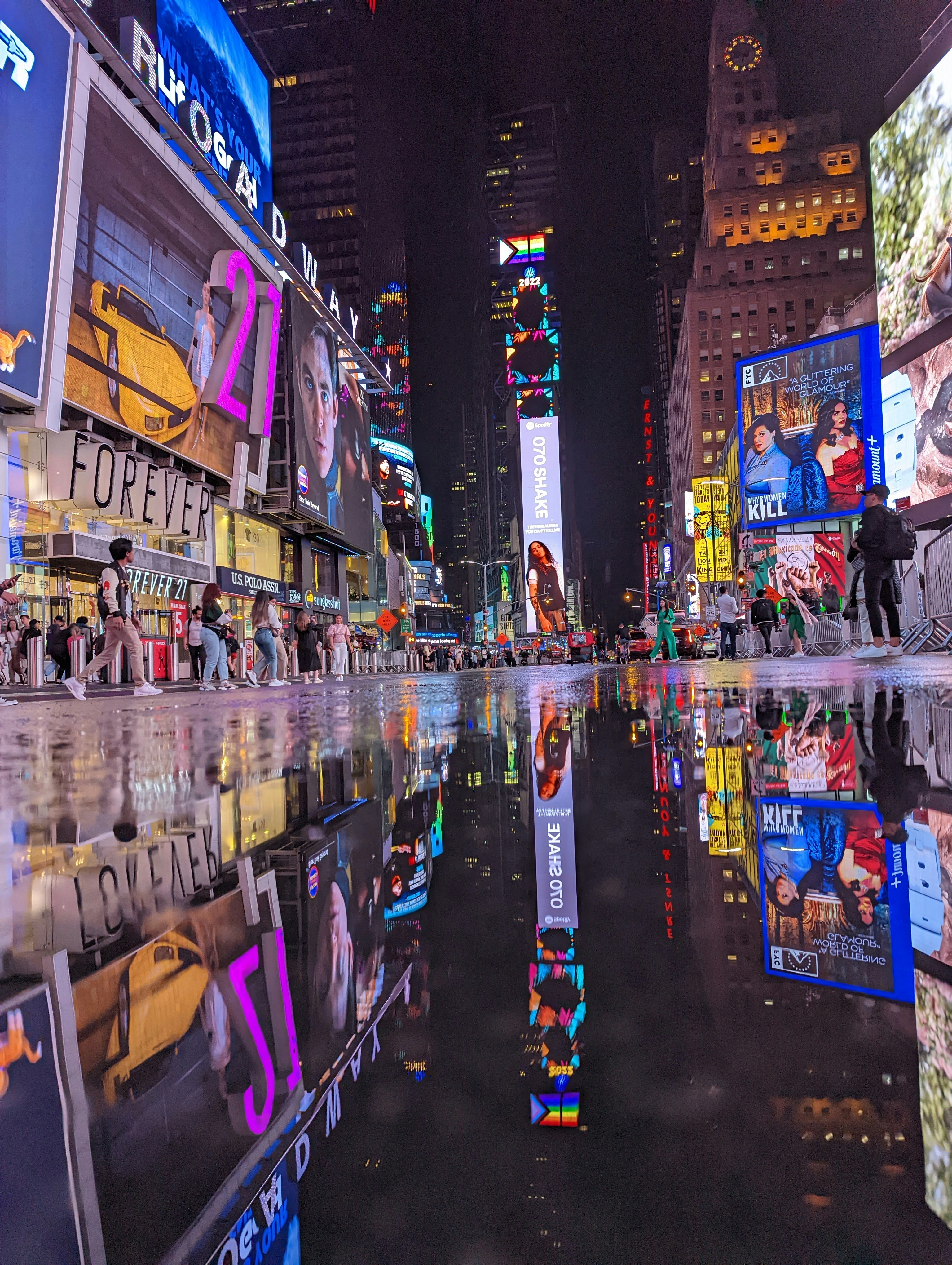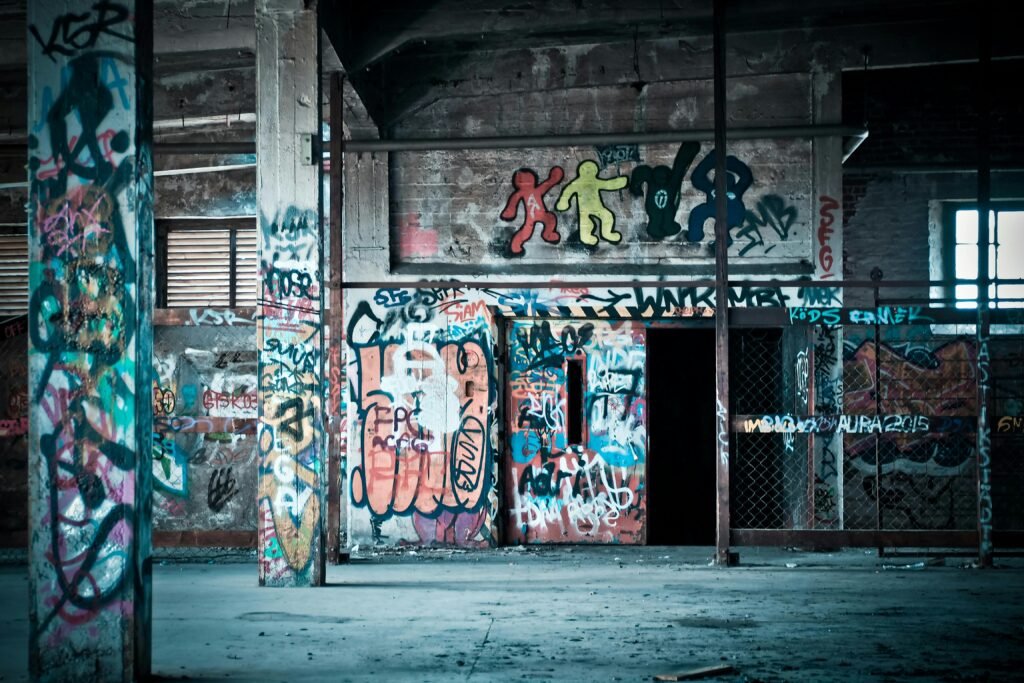Introduction to Pristina
Pristina, the capital of Kosovo, is recognized as Europe’s youngest capital city, a distinction that shapes its identity in both a historical and contemporary context. Officially declared a city in 1953, Pristina has undergone considerable transformation throughout its relatively brief history. This development was particularly pronounced during and after the Kosovo War in the late 1990s, when the city emerged from conflict to begin a new chapter characterized by revitalization and growth.

The significance of Pristina’s youth extends beyond its age; it embodies the spirit of a nation that is still forging its path on the European stage. As Kosovo grapples with its identity, the capital serves as a focal point for political and social movement, increasingly attracting attention from both regional and international communities. Pristina stands not only as a symbol of resilience but also as a testament to the aspirations of its people, positioning itself as a cultural hub in the Balkans.
In recent years, Pristina has harnessed its youthful energy to cultivate an environment ripe for innovation and creativity. The city’s urban landscape blends modern architectural endeavors with remnants of its Ottoman past, creating a dynamic juxtaposition that speaks to its historical roots and forward-looking ambitions. As Pristina continues to develop, it plays a vital role in fostering dialogue and cooperation in a region marked by a diverse tapestry of ethnicities and histories. Through cultural festivals, art exhibitions, and academic exchanges, the capital showcases its unique identity while encouraging a vibrant exchange of ideas and heritage.
Street Art Scene
Pristina, the capital of Kosovo, boasts a dynamic street art scene that mirrors the city’s youthful spirit and cultural vibrancy. Murals and graffiti adorn the urban landscape, transforming dull spaces into visual narratives that captivate both residents and visitors. Artists from various backgrounds contribute to this lively atmosphere, utilizing the walls of Pristina as their canvases to express individual and collective identities, as well as social commentary.

The themes portrayed in Pristina’s street art are as diverse as the artists themselves. Many works reflect the sociopolitical landscape of the region, with messages of hope, resilience, and identity woven into the colorful artwork. Artists often tackle pressing issues, such as the struggles for social justice, national identity, and the importance of preserving cultural heritage. These artistic expressions serve not only as a form of decoration but also as a means to engage the public in conversations about the current state of society, thus fostering a sense of community and awareness.
Notable murals can be found in various neighborhoods, each with its own story to tell. Some pieces pay homage to local legends and historical figures, while others critique contemporary societal issues. The creativity of local artists is complemented by an influx of international talent, enriching the city’s artistic diversity. As a result, Pristina has become a canvas for collaboration, where street art festivals and initiatives rally artists together to breathe life into forgotten corners of the city.
This thriving street art scene is vital in shaping Pristina’s identity as a forward-looking city that embraces change while honoring its past. Through their work, these artists contribute to a cultural dialogue that resonates deeply within the community, showcasing the transformative power of art in urban environments. Visitors to Pristina are encouraged to explore these murals, each of which tells a unique story and adds to the fabric of the city’s creative landscape.
Political Landscape
Pristina, the vibrant capital of Kosovo, has emerged in the international arena in recent years, undergoing significant transformation in its political landscape since the end of the Kosovo War in 1999. The history of conflict in this region has left palpable scars, shaping the political identity of the city and affecting the daily lives of its citizens. The declaration of independence from Serbia in 2008 marked a pivotal moment, as it initiated a complex and often contentious journey toward achieving international recognition and establishing a functional governance system.
In recent years, Pristina has witnessed a dynamic shift in governance, characterized by the rise of younger leaders who bring fresh perspectives and drive reform. This new political class is often seen as a response to the demand for transparency, accountability, and a break from the traditional political elites that have long dominated the landscape. Through elections, these emerging leaders have sought to address pressing social issues such as unemployment, corruption, and infrastructural development, all of which are critical for fostering economic growth and enhancing the quality of life in Pristina.
However, challenges abound. The city grapples with political fragmentation and persistent ethnic divides, affecting how policies are formulated and implemented. The necessity for consensus-building among diverse political entities complicates decision-making processes, resulting in slow progress on key issues. Furthermore, the challenge of establishing international recognition persists, as Kosovo’s sovereignty continues to be contested by Serbia and a few other nations. These political dynamics deeply influence Pristina’s identity, creating a landscape marked by resilience amid chaos. As the city navigates its unique geopolitical situation, it stands poised to shape the future of Kosovo, attracting both local and international attention.
Coffee Culture in Pristina
Pristina’s coffee culture is an intrinsic part of the city’s social fabric, offering a unique blend of tradition, modernity, and a vibrant atmosphere. Across the streets of Pristina, coffee shops serve not just as places to enjoy a caffeinated beverage, but as essential social hubs where locals and youth gather to connect, converse, and collaborate. The significance of coffee in daily life can be observed in the sheer number of establishments that dot the city’s landscape, each catering to various tastes and preferences.

The coffee experience in Pristina often begins with the delightful aroma of freshly brewed espresso wafting through the air. Traditional Albanian coffee houses, known as “kafe,” maintain a nostalgic charm where patrons can enjoy an authentic local brew. These establishments are characterized by their informal, relaxed settings, making them ideal for long conversations over a cup of coffee. They often feature simple wooden tables and chairs, creating an inviting environment that fosters community engagement.
In contrast, the emergence of modern coffee shops in Pristina reflects the city’s youthful and dynamic spirit. These establishments frequently incorporate contemporary designs and innovative brewing techniques, catering to a diverse clientele that appreciates specialty coffees and artisanal pastries. Cafés like these often double as co-working spaces, attracting students and young professionals who seek both productivity and social interaction in a comfortable setting.
The role of coffee in Pristina extends beyond mere consumption; it is woven into the city’s identity. The act of meeting friends, discussing ideas, or simply enjoying a moment of respite over a cup of coffee highlights the strong social connections that define Pristina’s vibrant culture. This thriving coffee scene continues to evolve, symbolizing the city’s progress and the youthful energy that characterizes its development.
Youthful Energy and Dynamism
Pristina, the capital city of Kosovo, is characterized by its vibrant atmosphere, largely driven by a youthful population. As one of the youngest capitals in Europe, approximately sixty percent of the population is under the age of thirty. This demographic fact alone contributes significantly to the city’s dynamic energy, making Pristina a centre of innovation, creativity, and social engagement. Young residents are not only part of the population but also pivotal in shaping the future of the city through their aspirations and initiatives.
The spirit of entrepreneurship thrives among the youth in Pristina, with numerous start-ups emerging across various sectors. Young Kosovars are increasingly taking the initiative to establish businesses in technology, fashion, and hospitality. With the rise of co-working spaces and incubators, a collaborative community has formed, fostering networking and knowledge sharing. This entrepreneurial landscape reflects a broader trend among young people aiming not just for local success but also for international expansion, thereby enhancing Pristina’s global presence.
In addition to entrepreneurship, cultural activities feature prominently in the lives of young residents. The city hosts music festivals, art exhibitions, and theatrical performances that showcase local talent and creativity. Events like the annual “Sunny Hill Festival” draw attention to the rich cultural landscape, while street art manifests the voices and perspectives of the youth, beautifying urban spaces. These cultural expressions contribute to a vibrant community with an optimistic outlook, encouraging resident participation in the city’s development narrative.
The aspirations of Pristina’s youth extend beyond cultural relevance; they encompass educational advancement and political engagement as well. Increasing access to quality education and opportunities for participation in decision-making processes signal a hopeful future for the city. Whether through activism or volunteer work, young inhabitants continue to push for change, ensuring that they play an influential role in advancing Pristina’s identity as a progressive city. Their energy and commitment to building a better future are vital not only for the development of the city but also for nurturing a sense of pride among its citizens.
Cultural Institutions and Events
Pristina, as Europe’s youngest capital, exhibits a dynamic cultural landscape marked by a diverse range of institutions and events that reflect the city’s commitment to artistic expression and community cohesion. The city is home to several prominent cultural institutions that cater to various forms of art. The National Gallery of Kosovo stands out with its extensive collection of contemporary and modern artworks, showcasing both local and international artists. This gallery serves as a vital platform for cultural dialogue and encourages emerging talents to exhibit their work.
In addition to the National Gallery, Pristina boasts a number of theaters and performance venues, such as the National Theatre of Kosovo. This institution offers a rich program of performances, ranging from traditional plays to modern interpretations, effectively enriching the city’s theatrical scene. Music venues, including the famous “Tavernat” areas, frequently host local bands and international acts, highlighting the city’s vibrant music culture. These spaces not only accommodate performances but also foster a sense of community by providing a gathering place for locals and visitors alike.
Key events and festivals further enhance Pristina’s cultural vitality. The “DokuFest,” an international documentary and short film festival, is held annually, attracting filmmakers and audiences from around the globe. This event exemplifies Pristina’s growing reputation as a cultural hub in the region. Furthermore, street festivals and art fairs, such as the “Pristina Jazz Festival,” bring together artists, musicians, and audiences in a celebration of creativity and expression. Such events effectively engage the community, making the arts accessible to a broader audience and reaffirming Pristina’s position as a forward-looking city that values culture as a fundamental aspect of its identity.
Chaotic Urban Life
Pristina, as Europe’s youngest capital, embodies a vibrant urban life characterized by its unique blend of chaos and charm. The city’s streets are bustling with an array of activities that contribute to a sensory overload, where the sounds of car horns, lively conversations, and the aroma of street food coalesce to create an unmistakable atmosphere. Traffic flows in a seemingly haphazard manner, with vehicles vying for space alongside pedestrians and cyclists. This chaotic approach to commuting, while daunting for some, reflects the city’s youthful energy and inherent resilience.

The heart of Pristina beats strongest in its busy markets, where life pulsates amidst the stalls filled with fresh produce, spices, and local crafts. Vendors passionately engage with customers, creating a lively dialogue that enriches the shopping experience beyond mere transactions. Here, one can find everything from handmade goods to traditional delicacies, showcasing the cultural diversity and culinary richness of the region. It is within these vibrant marketplaces that one can truly appreciate the communal spirit that defines the city.
Street vendors are integral to the urban tapestry, often setting up shop on corners, under bustling bridges, or in public squares. These entrepreneurs offer a variety of goods from traditional coffee to quick snacks, catering to the dynamic lifestyle of the city’s residents and visitors alike. This constant movement and interaction among people from all walks of life highlight Pristina’s chaotic yet welcoming nature.
Ultimately, the seeming disorder of urban life in Pristina serves as a testament to the lively persistence of its inhabitants. This chaos, rather than hindering the experience of the city, enhances it, creating a distinctive character that is both inviting and invigorating. The energy emanating from the streets of Pristina is a reflection of a city that is continuously evolving, striving for progress while rooted in its rich heritage.
Challenges and Aspirations
Pristina, as Europe’s youngest capital, is not without its challenges. The city faces significant hurdles in terms of economic development, infrastructure, and social cohesion. Despite its vibrant culture and youthful energy, these challenges hinder its progress and aspirations. Economic development is paramount, as the region has a high unemployment rate, particularly among the youth. The lack of job opportunities often leads to a brain drain, where the educated and skilled workforce seeks better prospects abroad. It is essential for local governance and the international community to work collaboratively to stimulate job creation and foster sustainable economic growth in Pristina.
Infrastructure is another critical issue. The city continues to grapple with inadequate transportation networks, insufficient public services, and dilapidated housing conditions. The burgeoning population exacerbates these challenges, pushing the existing systems to their limits. The need for improved infrastructure is crucial not only for enhancing the quality of life but also for attracting foreign investment. Investments in modern transportation systems and utilities must align with the aspirations of the citizens aiming for a more efficient city.
Social cohesion remains a pressing concern as well. Pristina is a melting pot of ethnicities and cultures, which sometimes leads to social tension and division. The historical context of the region contributes to varying perceptions and sentiments among its communities. However, the resilience of the population shines through as they actively engage in community-building initiatives aimed at fostering unity and understanding. Local organizations are striving to create dialogue and collaboration among diverse groups, emphasizing shared goals and aspirations for a brighter future.
Pristina’s citizens are filled with hope and ambition. As they confront these challenges, their determination to build a thriving, inclusive, and prosperous city remains evident. The aspirations of the people are closely tied to the vision of a bright future where economic stability, infrastructural progress, and social harmony coexist, paving the way for Pristina to fulfill its potential as a dynamic European capital.
Conclusion: The Future of Pristina
As Pristina continues to evolve as Europe’s youngest capital, it stands at a pivotal crossroads of tradition and modernity. The city, with its youthful energy and vibrant culture, is in a unique position to carve out its identity within the broader European context. One of the most compelling aspects of Pristina is its burgeoning art scene, which reflects the aspirations of a generation eager to express itself creatively. Local artists, musicians, and performers are not only showcasing their talents but are also contributing to a renewed sense of national pride and cultural renaissance.
The presence of a dynamic youth population plays a crucial role in shaping Pristina’s future. As education and opportunities expand, these young individuals are increasingly turning their attention towards entrepreneurship, innovation, and civic engagement. This new wave of thinkers and doers is essential in reimagining urban life, addressing social issues, and fostering inclusive growth. Thus, it is vital for local authorities and community leaders to support initiatives that empower youth, ensuring they have the right tools to drive positive change.
Moreover, infrastructure development remains a top priority. As Pristina seeks to enhance its connectivity while nurturing green spaces, it aims to provide an improved quality of life for residents and visitors alike. The investment in public transportation, sustainable architecture, and community engagement initiatives reflects a city committed to embracing a modern European identity, while remaining grounded in its rich history.
Looking ahead, it is clear that Pristina is poised to become a beacon of progress and innovation in the Balkans. As the city navigates the complexities of its identity, it will undoubtedly embrace its inherent contradictions—vibrant yet chaotic, traditional yet forward-looking. This intricate tapestry of influences not only enriches Pristina’s character but also lays the groundwork for a bright and promising future.



